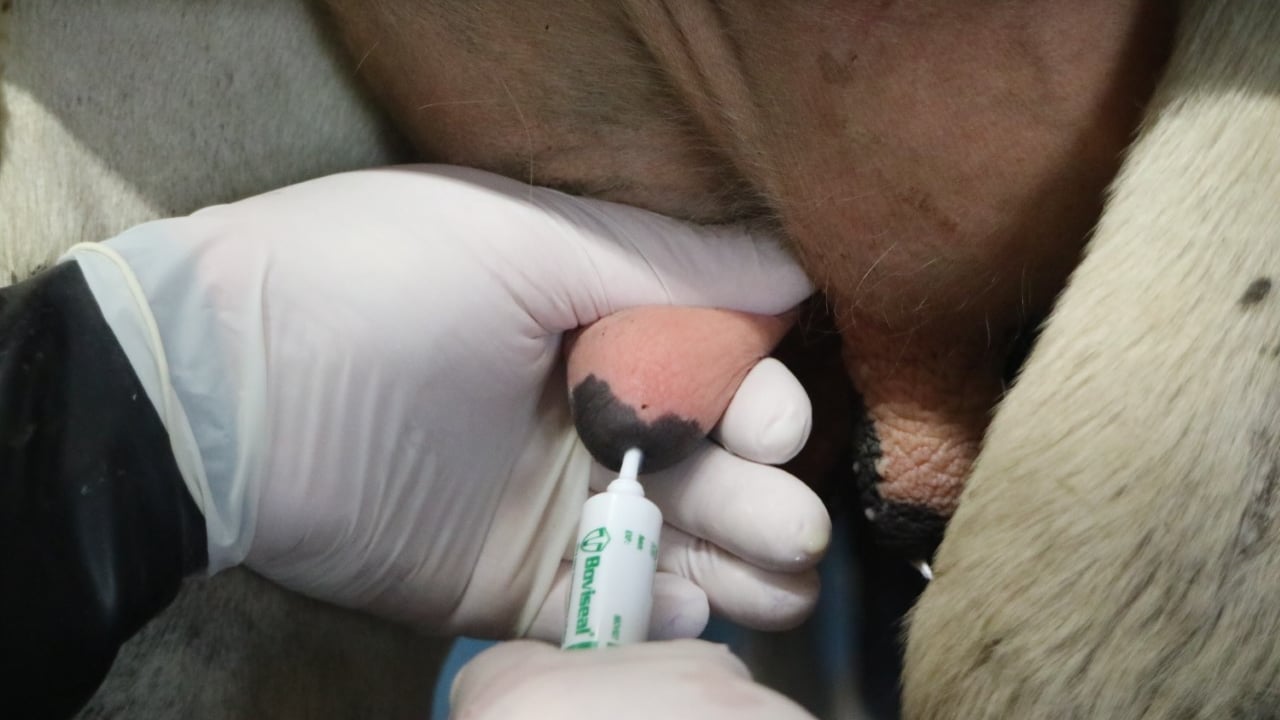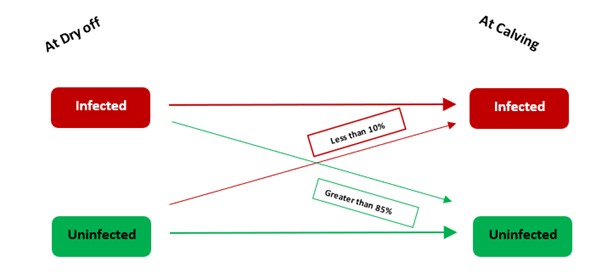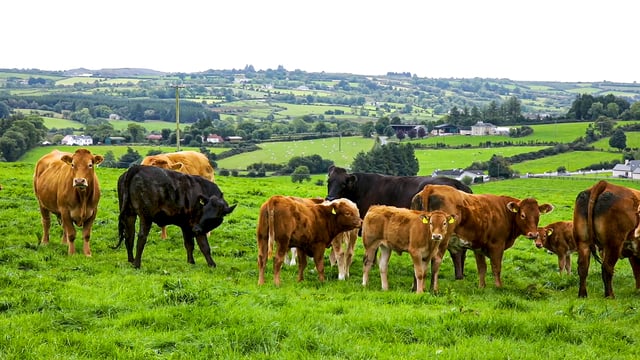Sponsored Article

Sponsored Article
Optimise the dry cow period for a sucessful lactation
Sponsored Article

Research has clearly demonstrated the link between infection during the dry cow period and subsequent clinical mastitis and elevated somatic cell counts (SCC) in early lactation.
Up to 70% of cases of new intra-mammary infections that occur during lactation originate from the previous dry period.
The dry period is the main time at which mastitis infections are acquired on many Irish farms, with infections entering the udder via the teat end.
Although the infection is acquired during the dry period, it does not manifest itself as a case of mastitis (or subclinical mastitis) until lactation begins. We therefore can attribute many early lactation infections to infection acquired during the dry period.
During the dry period, a keratin plug forms in the teat canal and acts as a natural defence mechanism to protect against bacterial infections. However, this natural protective mechanism is not always effective.
Roughly a quarter of lower-yielding dairy cows may fail to develop a complete keratin plug in the dry period. Without this barrier there is a greater risk of bacteria entering the udder.
The challenges at dry off are not just an Irish problem, but our grass-based system doesn’t make it any easier. With block spring-calving herds, farmers may be faced with a large number of cows to dry off on a given day.
Our grass-based diet generally leads to looser dung consistency with a dung pat ending as a ‘splat’ rather than a ‘plop’.
The recent implementation of the new veterinary regulations has also meant that the antibiotic safety blanket which was frequently used in all cows will be taken away. This blanket antibiotic dry cow therapy often covered up for a less than ideal drying off technique and there will therefore be absolutely no room for complacency or poor habits at dry off moving forward.
Achieving a successful dry period requires a holistic approach to dry cow management.
MaX10 with Boviseal, a programme recently developed by Zoetis in Ireland, supports vets and farmers to ensure all aspects of the dry period are considered to minimise environmental challenge and optimise the udder’s defences.
The objective of MaX10 with Boviseal is to achieve a successful dry period where uninfected cows do not acquire new infections and where most infected cows are cured.
No more than of 10% of uninfected cows acquire a new infection during the dry period.
More than 85% of cows with an infection are cured during the dry period.
To join the programme, farmers must be milk recording with results uploaded on the ICBF website.
Key monitoring points:
Following the data analysis based on the milk recording results, the veterinary practitioner visits the farm and runs through the MaX10 with Boviseal checklist of 25 yes / no questions which cover teat preparation, drying off technique, post drying off care and the tools to monitor performance.
With this information vets at hand can advise their farmers on areas for improvement.
Watch the video below to learn more on the optimum dry off technique with Boviseal.
For more information on MaX10 with Boviseal, farmers should contact their vet.
Sponsored Article







